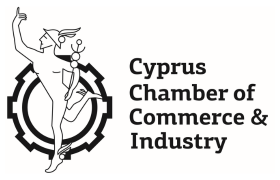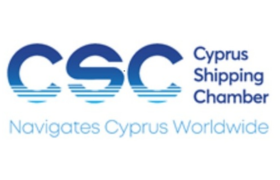The team was given the green light to launch talks by the Cabinet on Friday. The talks will be geared at reaching an agreement for the construction and operation of an onshore liquefied natural gas (LNG) terminal at Vasilikos, a ministry statement said on Saturday.
ENI and KOGAS hold prospecting concessions on offshore blocks 2, 3 and 9 of the Cyprus Economic Exclusive Zone. ENI are the operators of the three blocks with an 80% participating interest; KOGAS is a partner with a 20% participating interest. Total E&P Cyprus have concessions on blocks 10 and 11.
The Memorandum of Understanding (MoU) with ENI-KOGAS is “aimed at investigating areas of cooperation related to Cyprus’ potential gas resources valorisation, with priority to the onshore LNG option,” according to an official statement at the time.
It’s understood the MoUs with ENI-KOGAS and with Total are not restricted to a land-based LNG facility, but allow for exploring other options such as floating LNG.
In contrast, the parallel negotiations with Noble Energy and Delek – with a concession on Block 12 – are focused only on onshore LNG.
The decision to start talks with ENI-KOGAS comes just as the joint venture is readying to drill their first well. It will likely take place in September at a well-dubbed ‘Onasagoras’ in Block 9. The consortium’s drilling schedule is expected to span 12 to 18 months, during which they are contractually obliged to carry out at least four drills.
The drilling platform is expected to arrive offshore Cyprus in September from Mozambique. The rig is owned by Saipem, an Italian oil services group and a subsidiary of ENI.
Energy minister Giorgos Lakkotrypis on Saturday responded to criticism levelled earlier at him by the Cyprus Mail, which had suggested the minister was jumping the gun when talking up the prospects of sales of Cypriot natural gas to Egypt.
On his return from Egypt this week, Lakkotrypis said Cyprus would be able to have ‘specific talks’ with Egypt at the end of this year, upon completion of the first exploratory drilling by ENI-KOGAS.
The Mail commented that, judging by the time it took Noble Energy to complete their own drilling phase in Block 12, it could take ENI years before they had an accurate picture of the quantity of gas that could be sold to Egypt.
“The comparison is false, as the contracts concluded with Noble and with ENI-KOGAS are quite different,” the minister told the Mail.
Also, ENI’s drilling rig would stay in Cypriot waters for 12 to 18 consecutive months, allowing the joint venture greater flexibility. “This allows for back-to-back drilling, and the rig’s continuous presence means that an exploratory drill could be immediately followed by an appraisal drill at the same well, if the company so chooses,” he explained.
Moreover, the minister said his mission to Egypt had been to “explore” the possibility of selling gas to Egypt at some time in the future. Asked about the earliest date this was hypothetically possible, Lakkotrypis cited 2018 in the event the Cypriot gas were piped to Egypt, later if other solutions are chosen.
“We have not yet discussed with the Egyptians specific ways of supplying them with natural gas,” he added.
In the meantime LNG talks with US outfit Noble appear to have stalled, with media reports suggesting the Americans have got cold feet about the onshore plant and are leaning toward less capital-intensive solutions, such as FLNG or even Compressed Natural Gas.
So far the proven natural gas reserves in Noble’s Block 12 are insufficient to make profitable an investment into an onshore LNG plant.
Additional gas discoveries by ENI-KOGAS and by Total may change that. But there is still a long way to go: a final LNG project agreement is followed by a Front-End Engineering Design (FEED, an engineering design approach used to control project expenses and thoroughly plan a project before a fix bid quote is submitted. The next step – and the crucial one – is a final investment decision by the companies.
Source: Cyprus Mail













